Donors
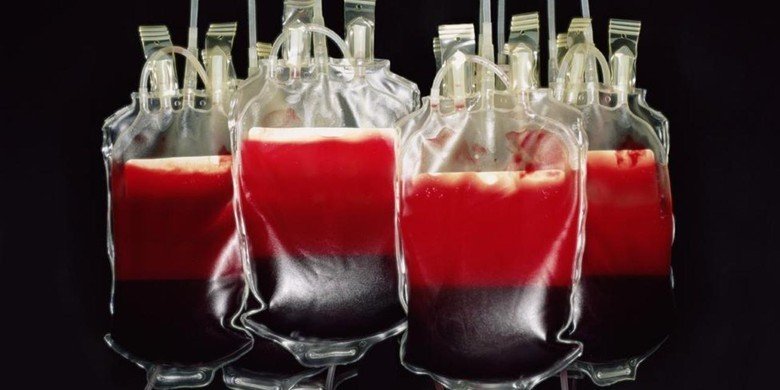
Today in Russia there is a National Day of the donors, initiated in honor of An event that happened on April 20, 1832. On that day, St. Petersburg midwife Andrew Wolf for the first time successfully transfused the blood of the woman in labor with bleeding.
Moscow alone needs more than 200 liters of blood daily. On average, only in the capital for the year over 50,000 liters of components of blood donate – the rest is “poured” from other regions of Russia. Not to say that somewhere in the country there is a large concentration of donors – to ensure the full need, it is necessary that there are 40-60 people for every one thousand people, but this figure is lower and does not grow with the years.
Through the Welcome Mail.Ru we regularly talk about charity projects, in which everyone can take part – including as a donor. But if there is not enough blood from the “natural” source, then you need to look for alternatives. We’ll figure out where its boundless reserves should be hidden.
The safest blood
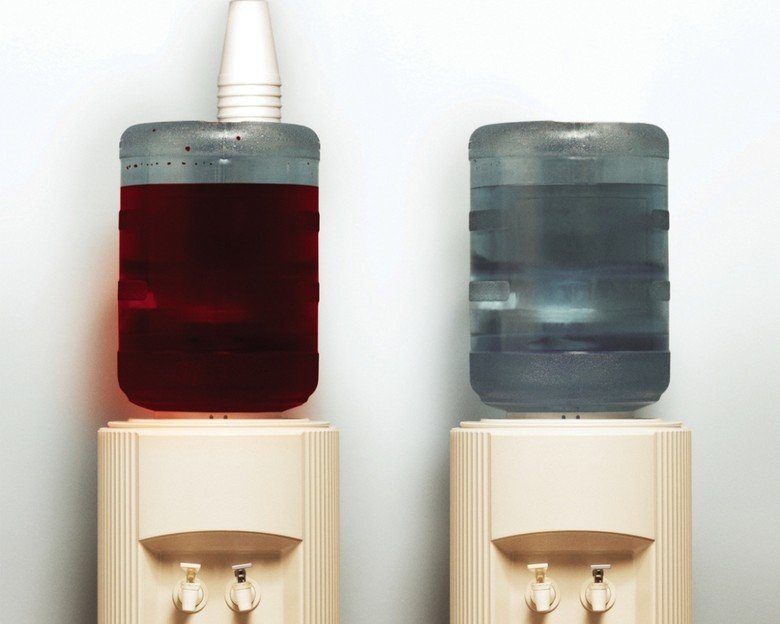
Let’s start with the fact that people use donor aid for lack of another. Blood itself from a donor can be a source of many dangers. Sometimes people are carriers of all kinds of infections, not knowing about it. A quick analysis tests the blood for AIDS, hepatitis, syphilis, but the rest of the viruses and infections can not be immediately detected if the donor himself does not know about them.
Despite protective measures, various viruses are often transmitted along with blood. For example, herpes, cytomegalovirus, papillomavirus. Sometimes hepatitis is transmitted, because tests can detect the presence of hepatitis only a few months after it enters the blood.
Fresh blood can be stored only 42 days (approximately) and only a few hours without cooling. Statistics on the US says that in one day about 46 people die due to blood loss – and this is another reason why scientists (not only in the States) have been working for decades to find a suitable blood substitute.
Artificial blood would save all problems. Artificial blood can be better than the present. Imagine that it is suitable for patients with any group, stored longer than normal blood and in more sparing conditions, is manufactured quickly and in large quantities. In addition, the cost of artificial blood can be made lower than the cost of blood from donors.
Hemoglobin crisis
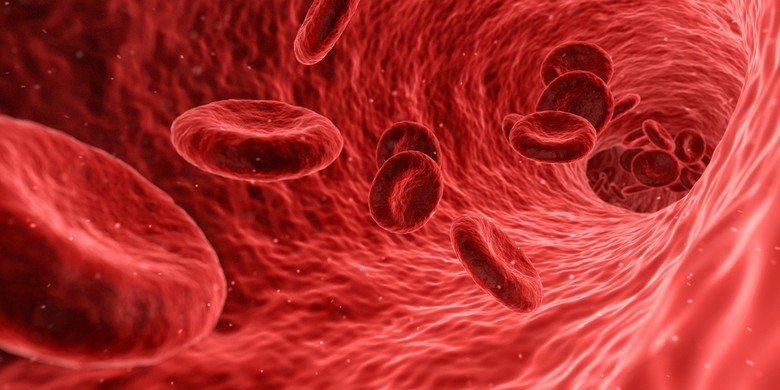
Attempts to create artificial blood have been going on for about 60 years. And if we take as a basis the experiments of the Soviet surgeon Vladimir Shamov on transfusion of cadaveric blood, first carried out in 1928, it turns out that the path to blood transfusion does not come from ordinary donors for almost 90 years.
Due to the lack of fibrinogen protein in it, does not require the addition of a stabilizer for storage and can be transferred to a patient with any blood group. Get it you can pretty much – one corpse on average allows you to procure 2.9 liters of blood.
In 1930, a Soviet surgeon and scientist Sergei Yudin first applied blood transfusion of suddenly died people to the clinic. Subsequently, the experience gained was successfully applied during the Great Patriotic War, when the blood received from the dead, often became the only chance for the survival of wounded soldiers.
The first, relatively successful experiments with synthetic blood began in the 80s of the last century, When scientists tried to solve the problem of delivering oxygen to the organs. Artificial cells were made from purified human hemoglobin, oxygen-carrying protein. However, it turned out that hemoglobin outside the cell interacts poorly with organs, damages the tissue and leads to a narrowing of the vessels. During clinical trials of the first blood substitutes, some patients suffered strokes. This experiment did not end, just in the blood substitutes, the hemoglobin molecules were coated with a special synthetic polymer.
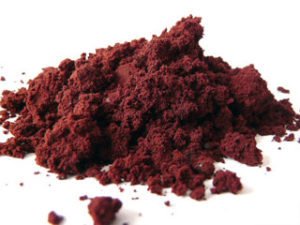
Blood. Just add water
Protected molecules are a powder that can be used anywhere, bay water. Synthetic cells can be used with any type of blood and stored for a long time at room temperature. However, they will not help with severe blood loss and support the patient only until a real blood transfusion is made from the donor.
In another study, perfluorocarbons were used instead of hemoglobin. These are hydrocarbons in which all hydrogen atoms are replaced by fluorine atoms. They are able to dissolve a large number of different gases, including oxygen.
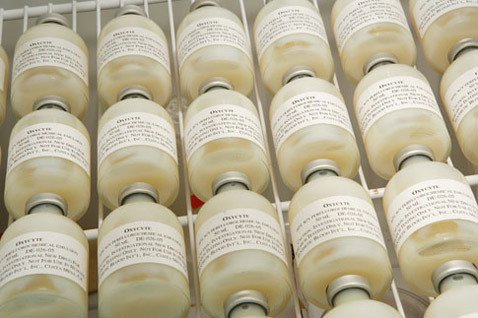
In these bottles – Oxycyte, white artificial blood consisting of several perfluorocarbons
A hemoglobin substitute based on Fluosol-DA-20 perfluorocarbons was developed in Japan and was first tested in the United States in November 1979. The first to receive it were patients who refused blood transfusions for religious reasons. From 1989 to 1992, Fluosol was used by more than 40,000 people. Because of the difficulties with storing the drug and its high cost, its popularity declined and production was closed. In 2014, a perfluorocarbon preparation, Oxycyte, appeared, but the tests were canceled for unknown reasons.
An attempt was also made to create a blood substitute based on bovine hemoglobin. The Hemopure oxygen carrier was stable for 36 months at room temperature and is compatible with all blood groups. Hemopure was approved for commercial sales in South Africa in April 2001. In 2009, the manufacturer of Hemopure went bankrupt and failed to obtain permission for clinical testing of the product in humans in the United States.
Strong path of imitators
Applying a polymer coating to hemoglobin molecules is a painstaking process that does not Reduces the cost of artificial blood. In addition, hemoglobin is only part of the problem. Each set of cells (erythrocytes, platelets and leukocytes) has its significance for the body. Development in the field of blood substitutes is mainly aimed at reproducing only one function of blood: the supply of tissues with oxygen. In other words, the area outside the oxygen-transported erythrocytes is an impassable thicket of hazards for scientists.
As the biophysicist Mikhail Panteleyev told in an article on the problems of artificial blood, in recent years, considerable progress has been made in the imitation of platelets responsible for the elimination of lesions with small bleeding. Scientists take a liposome or nanocapsule hundreds of nanometers in size and insert the necessary proteins into it. Artificial platelets allow to be fixed for those few platelets, which in humans still remained with severe blood loss. But when the body does not have its own platelets, the artificial ones will not help.
Despite the fact that artificial platelets do not possess all the functions of real living cells, they can successfully stop bleeding in emergency cases.
This is how blood from sea worms looks
With the right choice of proteins one can make a lot of interesting things. Romanian scientists from the University of Babesh-Bolyai created an artificial blood substitute based on iron-containing protein hemoritrine, which uses some varieties of sea worms to transport oxygen. The team of biochemists from the University of Rice went deeper and began to use proteins from the muscles of the whales. It turned out that the whales have accumulating oxygen in the muscles of myoglobin, similar to hemoglobin from human blood. Deep-sea animals, having a large supply of oxygen in the muscles, may not rise to the surface for a long time. Based on the study of the whale protein, it will be possible to increase the efficiency of hemoglobin synthesis in artificial erythrocytes.
Much worse things are with leukocytes, which are an integral part of the body’s immune system. The same red blood cells, carriers of oxygen, can be replaced by artificial analogs – for example, perfluorane created in Russia. For leukocytes, nothing better than stem cells was invented, but on this way there were too many difficulties associated with the aggressive actions of cells against the new host. Robert Frajtas, author of the first technical study of the potential medical application of hypothetical molecular nanotechnology and hypothetical medical nanorobotics, developed a detailed project The creation of an artificial erythrocyte, which he called “respirocyte.”
In 2002, Freitas in the book “Roboblood” (robotic blood) proposed the concept of artificial blood, in which instead of biological cells there will be 500 trillion nanorobots. Freitas presents the blood of the future in the form of a complex multi-segment nanotechnological medical robotic system capable of exchanging gases, glucose, hormones, removing waste of cellular components, performing the process of dividing the cytoplasm, etc.
At the time of concept creation, the work looked full of fantasy, But after 15 years, that is already now, in 2017, Japanese scientists reported the creation of a biomolecular micro-robot controlled by DNA. Japanese researchers have solved one of the most difficult problems of nanotechnology – provided the mechanism of movement of the device through the use of synthetic single-stranded DNA.
In 2016, Swiss scientists published a study in the journal Nature Communication about the creation of a prototype of a nanorobot capable of carrying out operations inside a person. In the design there are no engines and rigid joints, and the body itself is created from a hydrogel compatible with living tissues. The motion in this case is due to the magnetic nanoparticles and the electromagnetic field.
Freitas, guided by these studies, remains optimistic: he is confident that in 20-30 years it will be possible to replace human blood with nanorobots receiving food from glucose and oxygen. Japanese scientists have already learned how to produce electricity from the body’s glucose.
Blood from stem cells
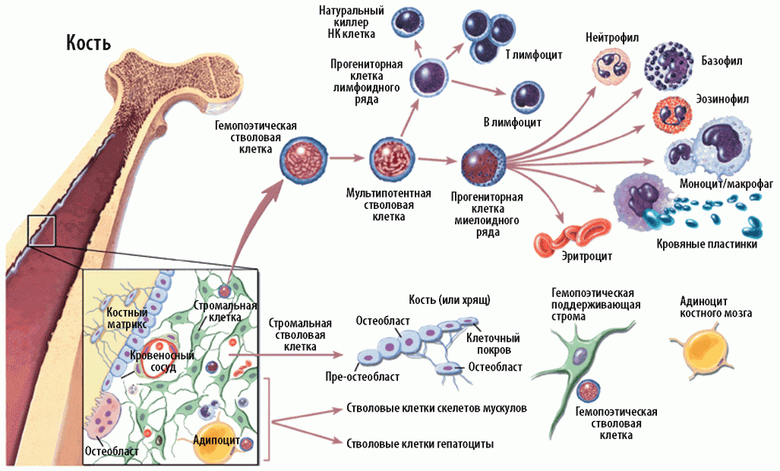
Hematopoietic stem cells derived from bone marrow give rise to all types of blood cells
In 2008, it was possible to establish the production of blood cells from pluripotent stem cells (capable of acquiring different functions) obtained from human organs. Stem cells proved to be the best sources of red blood cells.
In 2011, researchers from the University of Pierre and Marie Curie (France) conducted the first small transfusion to volunteers raised in the laboratory of red blood cells. These cells behaved in the same way as normal red blood cells, with about 50% of them still circulating in the blood 26 days after the transfusion. In the experiment, 10 billion artificial cells were poured into the volunteers, which is equivalent to 2 milliliters of blood.
The experiment was successful, but another problem arose – one hematopoietic stem cell was capable of producing up to 50,000 red blood cells and then died. Getting new stem cells is not a cheap process, so the cost of one liter of artificial blood was too high.
In 2017, scientists from the National Blood Donor and Transplantation Service of the United Kingdom (NHS Blood and Transplant) together with colleagues from Bristol University conducted experiments with hematopoietic stem cells. It turned out that the earlier the cell is, the higher its ability to regenerate – so, with the help of just one hematopoietic cell, it is possible to restore all the hematopoietic tissue in the mouse. Scientists succeeded in using stem cells for the production of artificial blood in the early stages of development, which finally made it possible to produce it in almost unlimited quantities.
The erythrocytes created in this way will begin to test in public at the end of 2017. Continuous generation of erythrocytes from suitable cells reduces the cost of artificial blood, but its future depends on passing the stage of clinical trials.
And even after successful clinical trials, no one can replace conventional donors. Artificial blood in the first years of appearance will help people with a rare blood group, in hot spots and in the poorest countries of the world.
Sources:
Missouri Researchers Join Hunt For One Of Medicine’s Elusive Quarries: Artificial Blood
The Long Quest To
The Art of Blood
The Art of the Blood of the Dead








